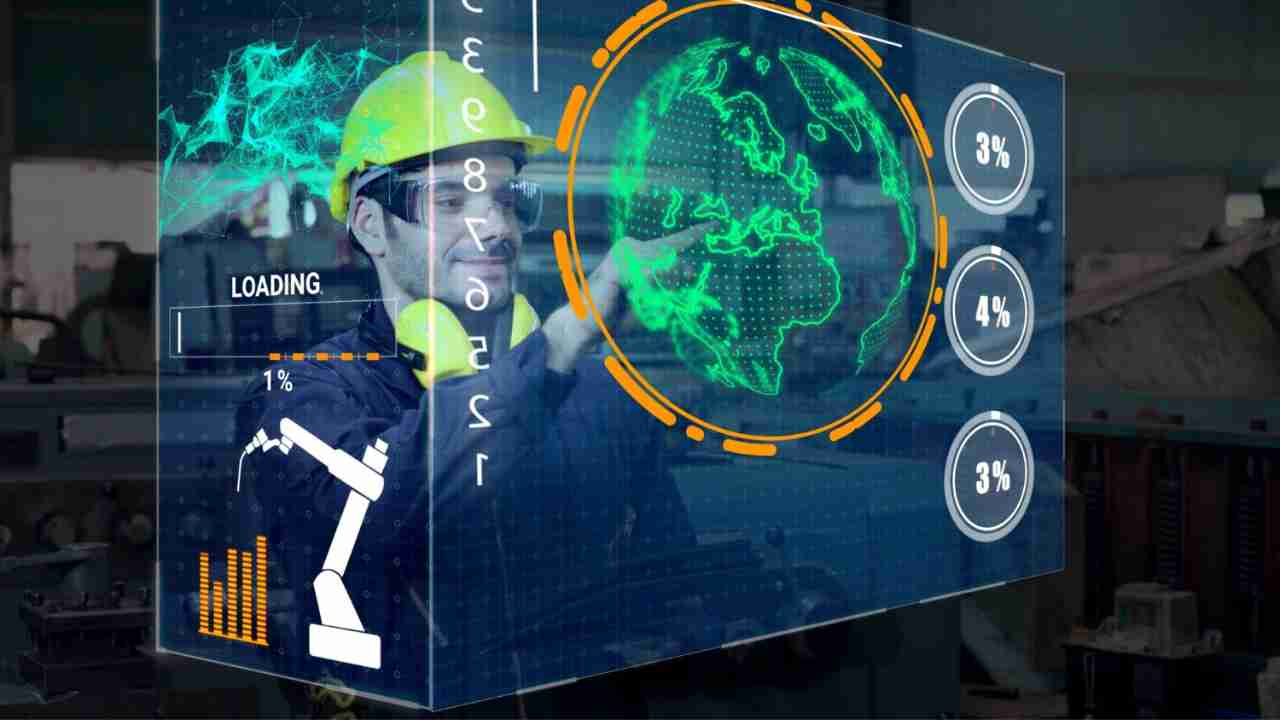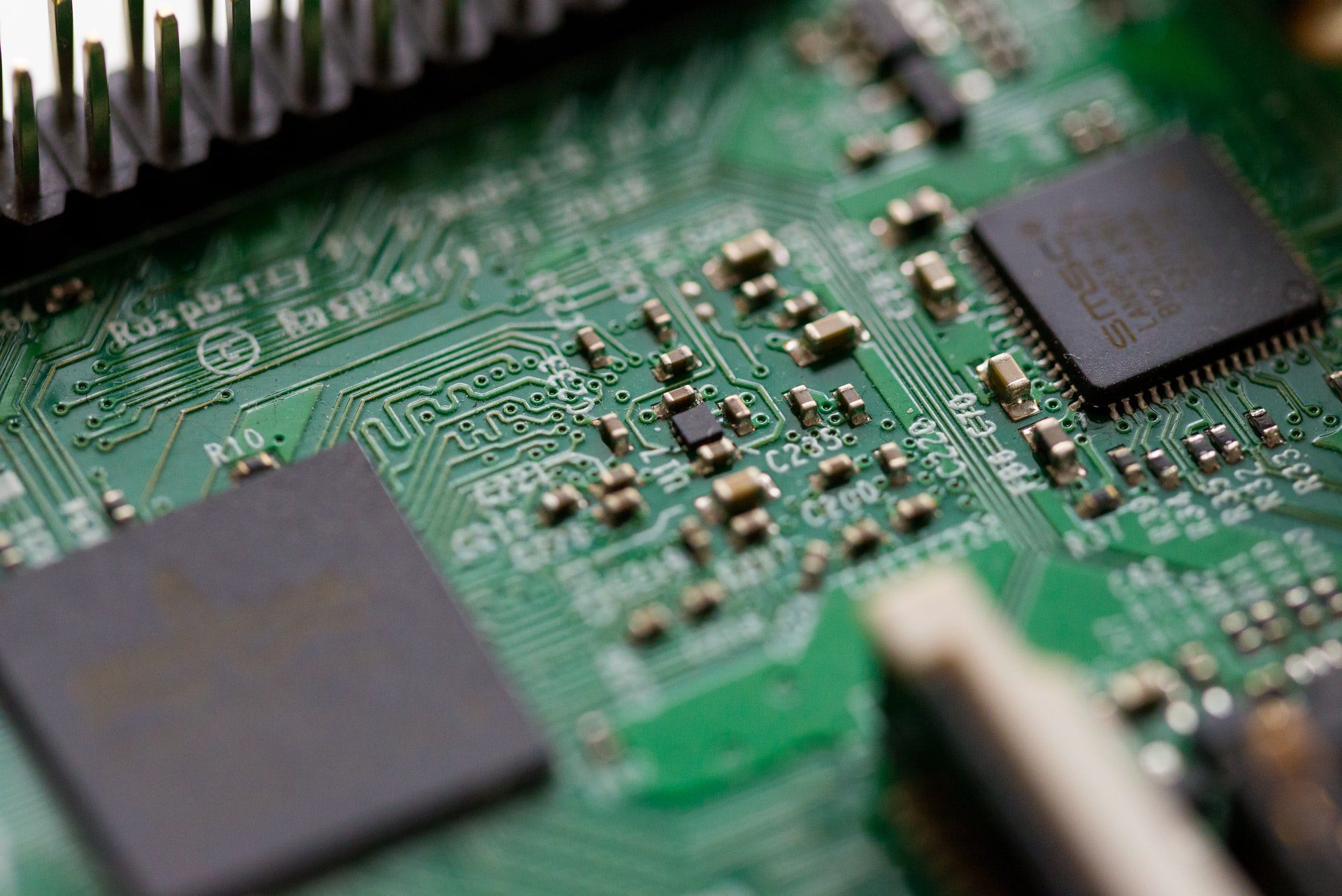Have you ever wondered how AI image recognition technologies are impacting various industries? From everyday applications such as unlocking your phone with your face to key innovations in autonomous cars and medical diagnostics, image recognition is becoming an integral part of our lives. The image recognition market is growing rapidly, with forecasts pointing to its value reaching $53 billion by 2025. This trend will continue, changing the way many industries operate.
AI Image Recognition: Definition
AI image recognition refers to the ability of computers to interpret and analyze visual data.
It plays a crucial role in computer vision, as it helps identify patterns, objects, and features in images or video.
Machine Learning algorithms, such as convolutional neural networks (CNNs), are commonly used in this process. They enable computers to learn and recognize patterns on their own.
AI image technologies
CLASSIFICATION
Artificial neural networks assign one of the predefined categories or classifications to objects in an image. For example, if analyzing an animal image, a classifier might assign the label “cat,” “dog,” “bird,” etc., based on the features and characteristics of each animal.
DETECTION
Object detection is a process that combines the classification and localization of objects in an image. Once an object is found in an image, the algorithm places a bounding box around it to pinpoint its location. We can use techniques such as bounding box annotation, semantic segmentation, and keypoint annotation, depending on the complexity of the object.
TAGGING
Tagging an image assigns one or more labels to the image to identify multiple objects in the image. For example, tags like “cars,” “trees,” “pedestrians,” etc., may be assigned to an image of a road. Tagging is a more detailed approach than classification because it can identify many different elements in an image.
SEGMENTATION
Instance segmentation is an advanced technique that attempts to locate objects in an image with pixel precision. Instead of just determining the areas containing objects, the algorithm identifies all pixels belonging to each object class. This is particularly useful for medical images, where precision is crucial for detecting and marking areas of interest, such as in disease diagnosis or medical image analysis.
How do AI image technologies affect various industries?
AI image recognition technologies are having a tremendous impact on various industries, bringing many benefits. Here are some examples.
IMPACT ON HEALTHCARE
In the healthcare sector, AI image recognition has revolutionary potential. It can detect diseases, diagnose conditions, monitor treatment progress, and manage medical data. For instance, image recognition algorithms detect cancer, identify symptoms of neurological diseases, and even assist surgeons during operations.
IMPACT ON THE GAMING INDUSTRY
In the gaming industry, image recognition technologies are opening up new opportunities for player interaction. Motion tracking systems, such as the Microsoft Kinect, allow users to control games using gestures and body movements. In addition, image recognition algorithms can be used to personalize the gaming experience by adjusting difficulty levels or generating dynamic scenarios.
IMPACT ON BANKING
In the banking sector, Addepto AI image recognition is becoming increasingly common in customer authentication and transaction security processes. To verify customer identities and prevent fraud you can use facial recognition or user behavior analysis technologies.
IMPACT ON MANUFACTURING
In manufacturing, AI image recognition contributes to improving the quality, efficiency, and safety of production processes. It can detect defects, monitor production lines, and optimize logistics operations. For example, vision systems can automatically identify defects in products or monitor the flow of materials on a production line.
IMPACT ON AUTONOMOUS VEHICLES
In the field of autonomous vehicles, AI image recognition plays a key role in ensuring the safety and efficiency of autonomous systems. You can use vision systems to recognize traffic signs, detect other vehicles and pedestrians, and monitor road conditions. This enables autonomous vehicles to make more precise and responsible decisions on the road.
IMPACT ON SECURITY
AI image recognition technologies are having a significant impact on the security and surveillance industry, providing effective tools to monitor and identify threats and unwanted events. Below, I outline how AI image recognition is impacting the industry:
- Facial recognition
Facial recognition technologies are widely used to identify people on premises, from shopping malls to corporate facilities. AI systems can quickly and effectively detect unauthorized individuals attempting to gain access to protected areas or data.
- Facility monitoring
Drones equipped with high-resolution cameras are increasingly being used to monitor areas and detect suspicious or dangerous objects. Image recognition technologies can automatically detect different types of objects, making security operations more effective.
- Behavior analysis
AI image recognition systems can analyze the behavior of people and objects in monitored areas to detect suspicious or dangerous situations. For example, these systems can alert operators when they detect unusual movements or actions, allowing them to respond quickly in the event of a threat.
Conclusion
AI image recognition technologies are having a huge impact in various industries such as healthcare, gaming, banking, manufacturing, and autonomous vehicles. These industries benefit from the use of image recognition to:
- Diagnosing diseases
- Personalizing the gaming experience
- Securing banking transactions
- Improving quality and safety in manufacturing
- Ensuring safety and efficiency in autonomous vehicles





